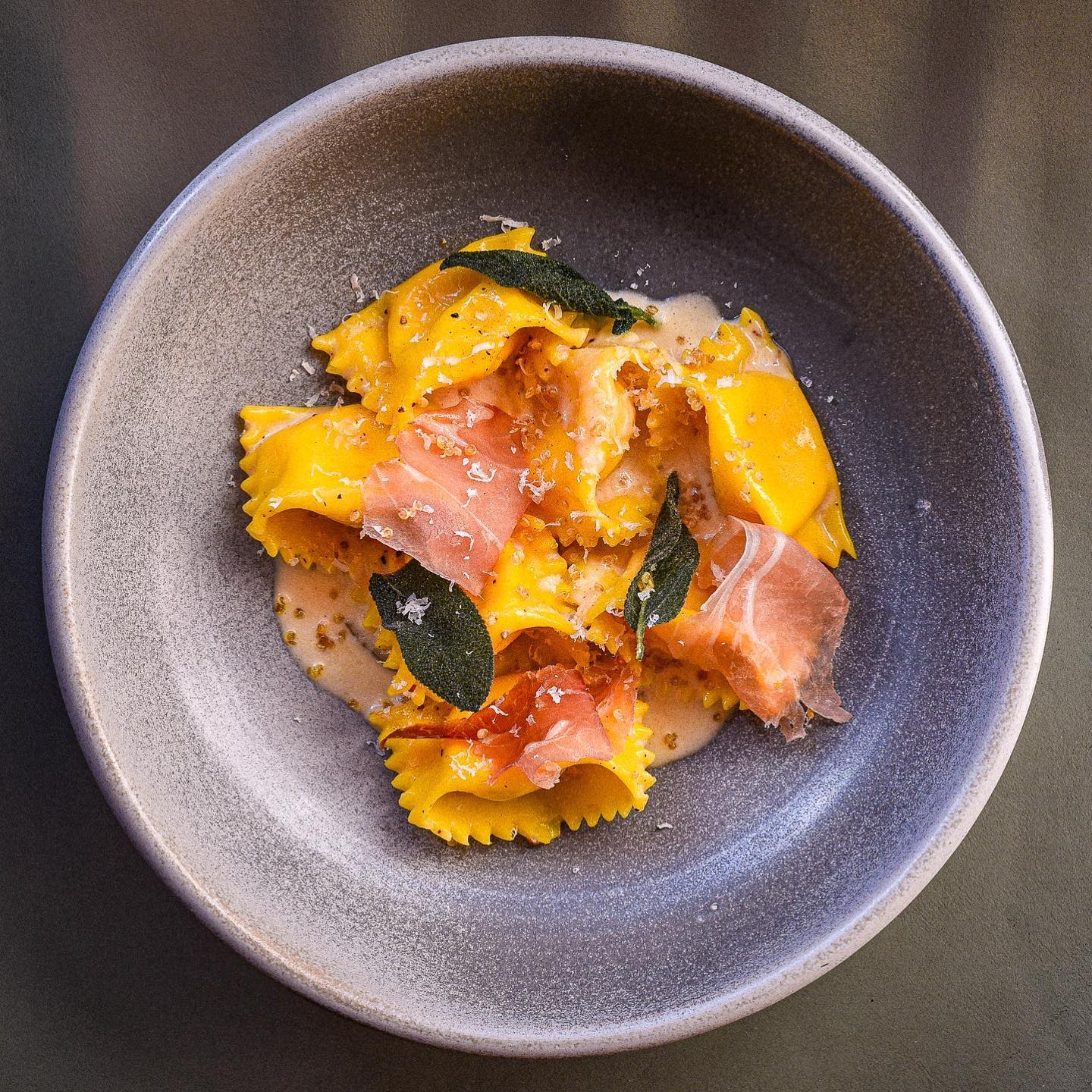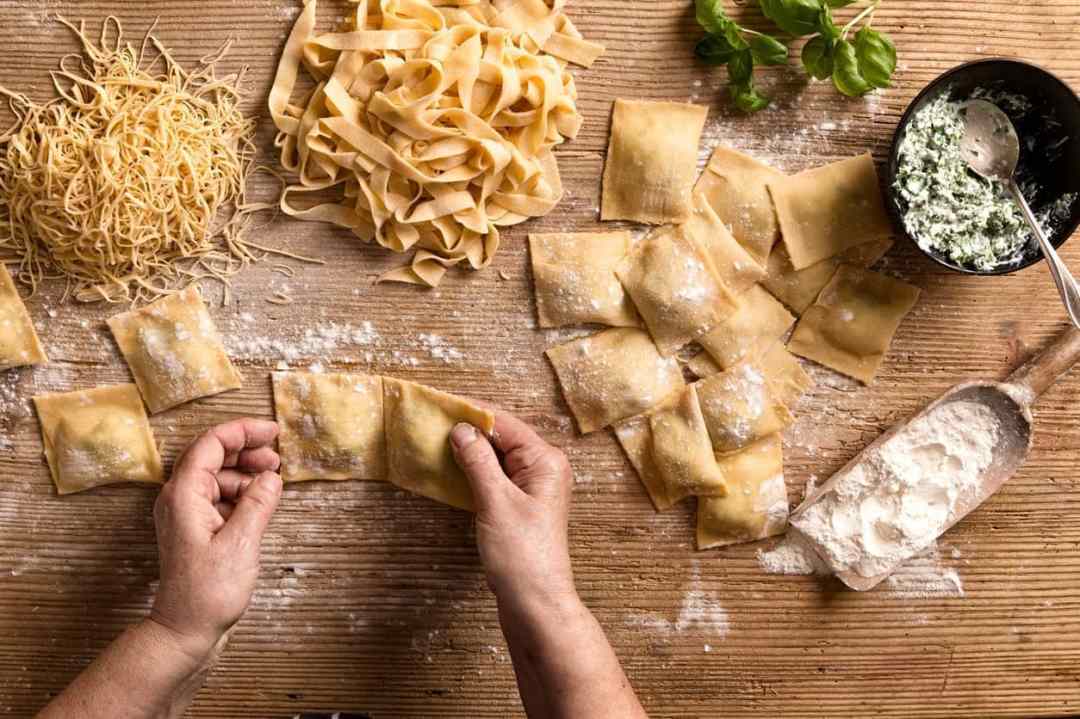Why was it that when lockdown haunted our doors we all rushed out to buy pasta? Dry wheat in a bag in a funny shape. Cheap, yes, and ridiculously easy to cook. And, if the supermarket cheddar didn’t run out, very good with cheese. But still, pasta. Shouldn’t we have thought of something more inventive?
Yet a spate of restaurants popping up round London with new enthusiasm now that we’re out and about again suggests that the Italian carb is enjoying a gourmet renaissance.
Stevie Parle, founder of the fresh pasta restaurant Pastaio, speaks of pasta-making as an ‘obsession’. The satisfaction of ‘extruding pasta through bronze dies’ and ‘slow cooking delicious ragu’ that he refers to when we speak sounds practically religious.

You only have to watch the eternally watchable Stanley Tucci’s recent foray for the BBC to Rome to appreciate the fervour the Italians feel about the stuff.
Pasta’s recent UK popularity Parle puts down to value for money. ‘The amount of protein in pasta dishes is generally less so we can still use the top ingredients I’ve used throughout my career at really high end restaurants, but can deliver for a much lower price,’ he says.
The etymology of the name pasta certainly suggests humble beginnings. It allegedly came from a Latinisation of the Greek word παστά meaning ‘barley porridge’.
Cheap, delicious and often covered with cheese, has pasta become the new pizza I wonder? Parle thinks pasta is too precious: ‘The thing about pizza is that it is somehow delicious even when it’s pretty terrible quality. Yesterday’s pizza has helped nurse many a hangover, whilst great pasta somehow loses its appeal in minutes’.
What London has come to offer in the past five or so years is a plethora of pasta restaurants with tight menus of small sharing plates. No longer are we talking hefty bowls of spag bol washed down with Chianti in straw covered bottles.
Pasta’s gastronomic revolution in the UK can be pinned, most likely, to the moment Jordan Frieda and Tim Siadatan, who met while working at River Cafe, opened up Padella on Borough Market’s London Bridge edge in 2016.
At Padella, their second restaurant, Frieda and Siadatan created a master design. Taglerini and ravioli are piled onto dishes just larger than a side plate costing between £8 and £10. Ingredients are simple but high quality. Customers are left to have their Lady & the Tramp moments, make a mess of the tables, slurp down cacio e pepe (cheese and pepper for the uninitiated, a much-loved dish in Rome) and leave.
Queues when it opened were frustratingly long. Another Padella is due to open in Shoreditch this year.
Since then, you’ll find Lina Stores, Bancone and La Nonna have all followed a similar path. Ragus vary and recent opening La Nonna now outsmarts Lina Stores for quality (this reviewer thinks). I wanted to bathe in La Nonna’s four mushroom tagliatelle smothered in cream and truffle paste, the most expensive plate on its menu at £13.
But there is also the higher end too. Fun, poppy Luca in Farringdon and nose-to-tail supremos Manteca in Shoreditch both elevate pasta to a decadent pre-main course.
Johnny Smith, Luca’s co-founder, believes that eating even the simplest pasta dish is “a transcendental moment when everything is in balance”. Not that Luca’s pastas are simple: the reinterpretation of carbonara into agnolotti parcels covered in puffed quinoa to give an odd but satisfying crunch is a careful study in flavour, texture and satisfaction and wildly outperforms the main courses.
The fun part is trying to eat your way through the different shapes. Italy Magazine claims there are around 350 different types: almost one for every day of the year.







Comments